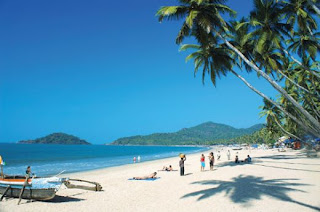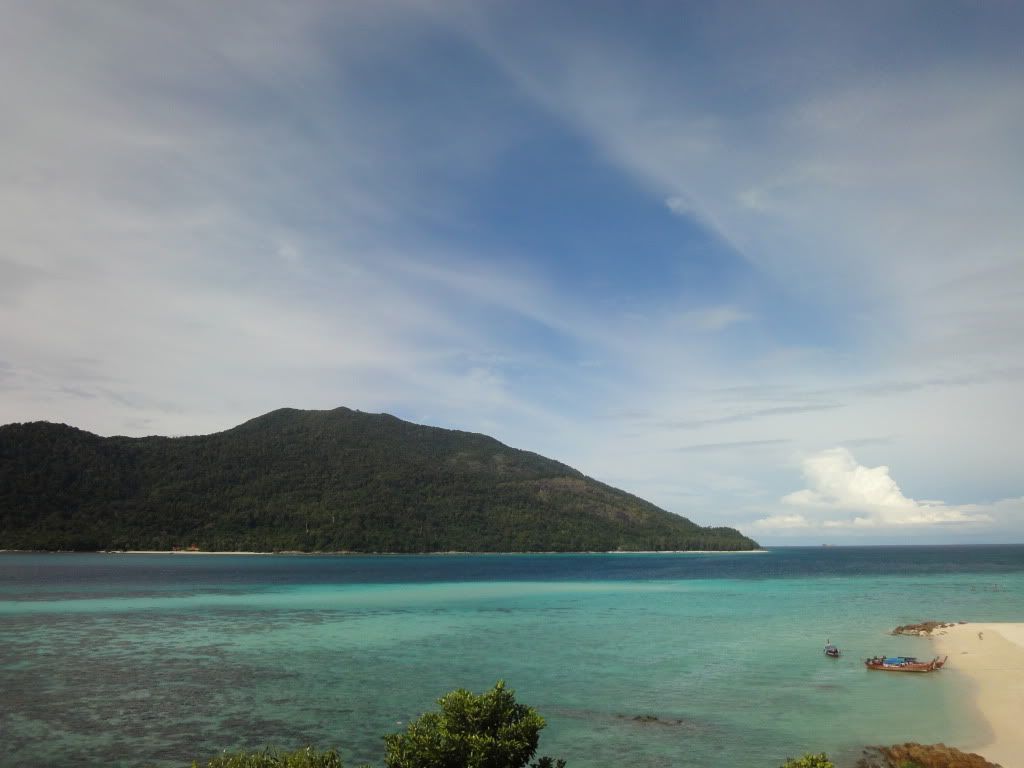Photographs of the Day of Ashura are carried by a number of the newspaper large picture blogs, largely because of its graphic nature, and while I initially thought it might have been because it reinforces the stereotype of Islamic fervor being violent, I've reconsidered and I'm quite certain that this is not the case. I recall seeing lovely peaceful scenes of Muslims celebrating Ramadan on The Big Picture blog.
Be it what it may, the photographs are graphic because the acts of self mortification and flagellation carried out by the Shias are just that...extremely graphic. Flagellation is not at all exclusive to Shia Islam, but is also practiced by certain elements of the Christian faith.
The Day of Ashura falls on the 10th day of the Islamic month of Muharram and for the Shias, commemorates a day of mourning for the death of Hussein ibn Ali, the grandson of the Prophet Muhammad, at the battle of Karbala. Shias consider Hussein the third Imam and the rightful successor to Muhammad, and the grief for his death is demonstrated by the self-flagellation in parades and other venues.
For Sunni Muslims, Ashura is observed by fasting as the Prophet Muhammad did, to commemorate the day when Moses and his followers were saved from Pharaoh by God by creating a path in the Red Sea. Surprising, huh?
The top photograph is of a girl with a green headband with the words "Hussein" as she attends the Ashura religious festival in Khorramabad, southwest of Tehran.
The second photograph is of a Shia devotee in New Delhi beating his bloodied chest as part of the ten-day mourning period marking the death of Imam Hussein.
The third photograph is of a Lebanese Shia whose shaven head bleeds after tapping his forehead with a razor during the Ashura ceremony in Nabatiyeh.
The fourth and last photograph is a Shia walking on hot coals during a Ashura ceremony at a mosque in Yangon, Myanmar.
I ought to plan attending Ashura to photograph its ceremonies...it would be fascinating. Yes, bloody and graphic...but I'd attend it given half the chance. I came close years ago to do so when working in Bahrain, but I was advised not to attend it with a camera. Different times, I suppose.
















































